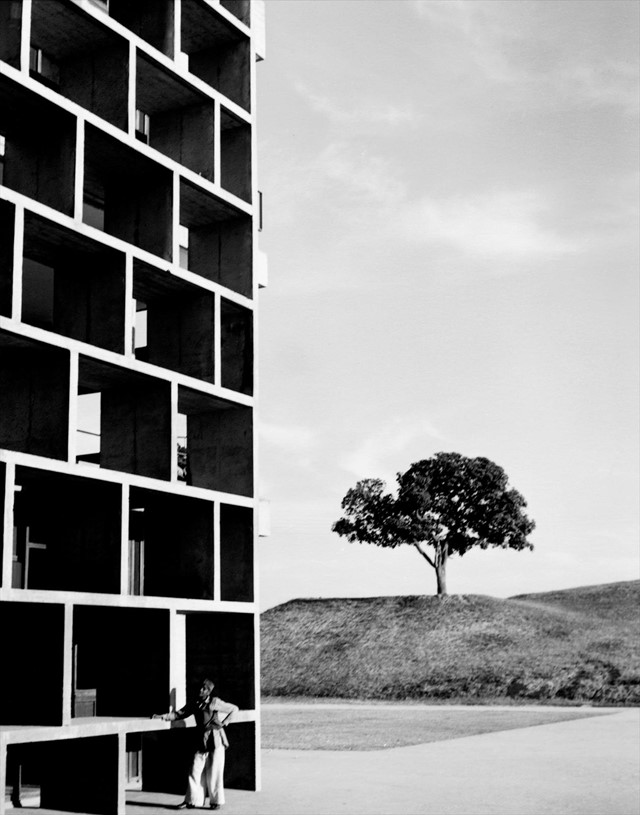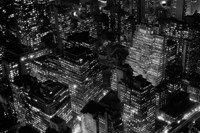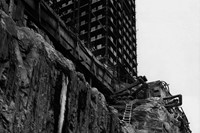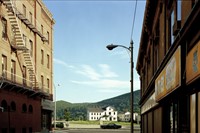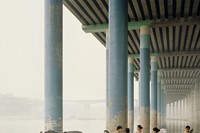Two new shows consider the evolving interaction between architecture and photography
What is the relationship between photography and architecture? It seems a strange question to ask. Architecture – the construction of buildings for the inhabitation and adulation of humanity – has been a central tenet of societal expansion since the first mud hut, while photography’s history barely nudges two centuries. Yet over the course of the 20th century, the camera’s role in the recording and mythologisation of buildings morphed into an independent art form, one that not only celebrated the wonder of a brave new world of staggering sky scrapers and modernist glass structures delicately balanced on hillsides, but the parallel truths of cities abandoned to rubbish, towering council blocks and sprawling constructions at disconcerting odds with their surroundings.
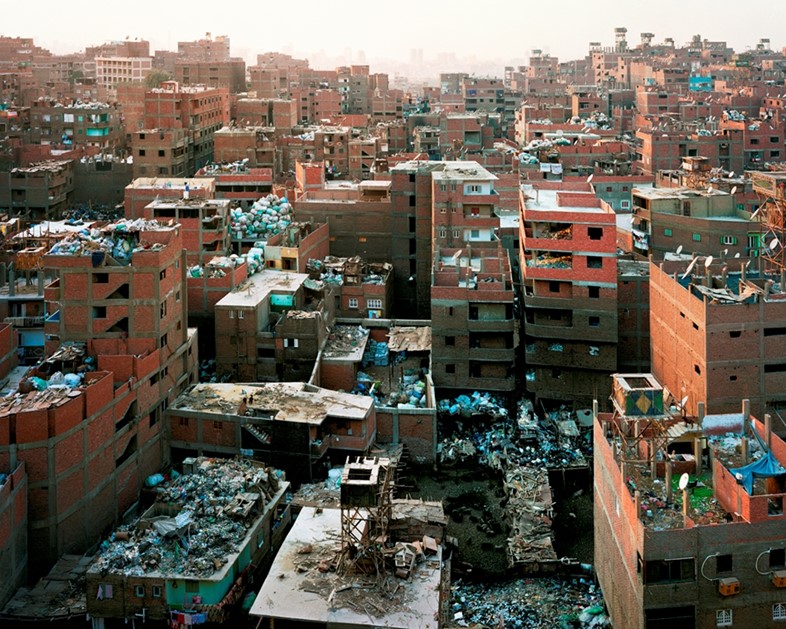
The interplay between the two mediums is the subject of a pair of new shows at the Barbican and Michael Hoppen Gallery. Constructing Worlds considers the perspective of the artist in the presentation of the subject, through architectural works by the likes of Berenice Abbott, Stephen Shore, Thomas Struth and Hiroshi Sugimoto among others. Awesome majesty is here, as in Abbott’s 1932 Manhattan skyline by night, and the coining of a new visual definition of Americana in the work of Stephen Shore. Society’s hysterical canonisation of sport resonates in the dimensions of the Dodger’s stadium, seen from the air by Ed Ruscha, while Nadav Kander brings a sense of perspective, aligning a human element alongside the soaring structures that dominate his vision of 21st century China. At Michael Hoppen, the emphasis zooms in on one photographer, Lucien Hervé, who – inspired by avant-garde artists such as Piet Mondrian and László Moholy-Nagy – worked alongside Le Corbusier and Oscar Niemeyer to create photographic compositions that emulated the experience of walking into a building. And they served a fundamental purpose – Le Corbusier is known to have altered his plans in response to Hervé’s work.
"Every building is an ideological construct, and it is as either aide or detractor to this purpose that photography is most potent"
Fundamentally though, every building is an ideological construct, and it is as either aide or detractor to this purpose that photography is most potent. Hélène Binet’s depiction of the Jewish Museum, Berlin, uses light and shadow to intensely moving effect, while the tight frame of Iwan Baan’s shot of a Caracas tower block speaks to the limited horizons of its inhabitants. Just as Le Corbusier and Hervé worked together to create epic buildings, so too have architecture and photography become inseparable parts of each others practices, scrolling forward into the future to fashion legends on both land and celluloid. Sugimoto’s 1997 depiction of the Twin Towers represents this best of all – the towers shown in over-exposed, misty monochrome; ghostly figments, eerily foreshadowing their fate.
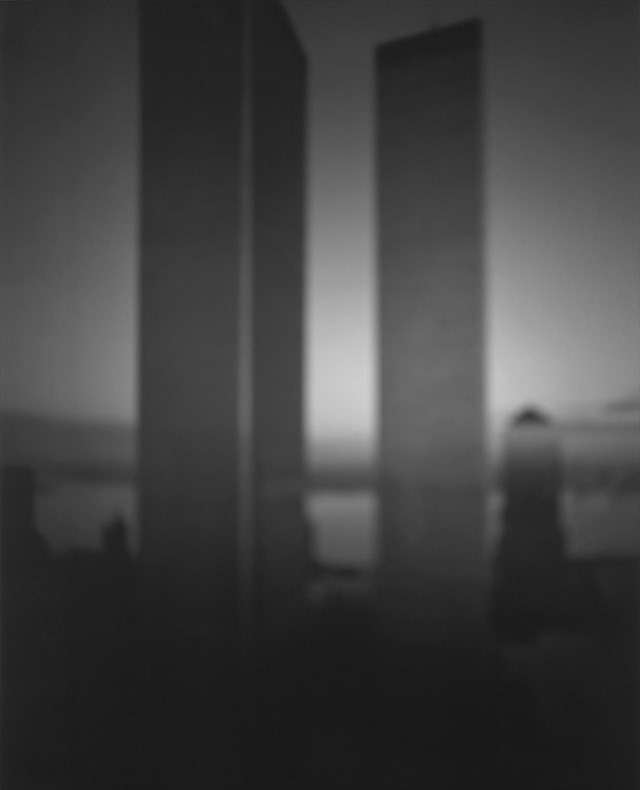
Lucien Hervé is at Michael Hoppen Gallery until October 24. Constructing Worlds is at the Barbican until January 11, 2015.
Text by Tish Wrigley
